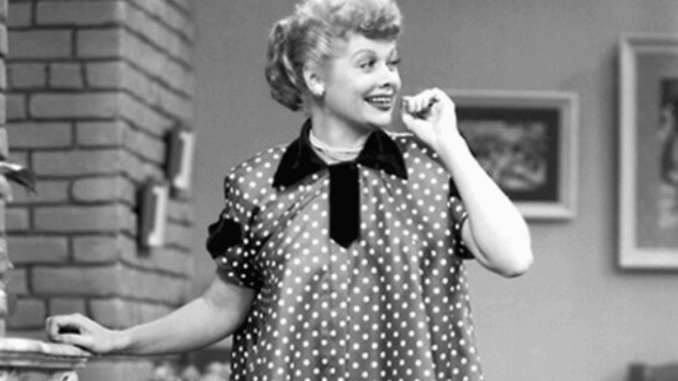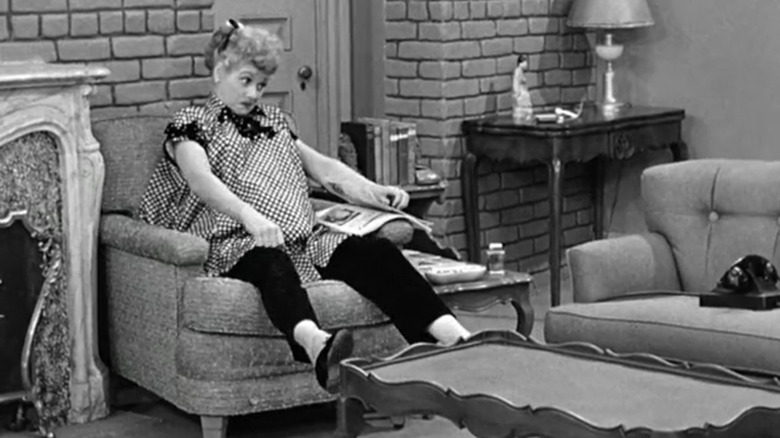
The Taboo Topic That Changed Primetime Forever
When Lucille Ball’s real-life pregnancy was written into I Love Lucy in 1952, it marked a seismic shift in what American television dared to portray. At the time, the word “pregnant” couldn’t even be said on air. Yet Lucy Ricardo’s onscreen journey to motherhood became a cultural milestone, ushering in a new era of realism on TV.
CBS’s Reluctance and Religious Oversight
Ball’s pregnancy was a reality CBS couldn’t ignore—she was too central to the show to hide it for long. Still, the network was nervous. Executives consulted clergy from different faiths to ensure the depiction of pregnancy wouldn’t offend religious viewers. It was ultimately agreed that the storyline could proceed, as long as euphemisms like “expecting” were used in place of “pregnant.”

America’s First TV Birth
On January 19, 1953, over 44 million viewers tuned in to watch Lucy give birth to “Little Ricky”—a number far exceeding the audience for President Eisenhower’s inauguration the next day. It was the first scripted birth of a major TV character and became a shared national experience. Despite the limited language and the conservative framing, I Love Lucy made pregnancy not only acceptable on TV—but essential storytelling.
Legacy Beyond Laughter
Ball’s bold move opened the door for future series like The Dick Van Dyke Show, The Cosby Show, and Friends to tackle pregnancy with more openness. While Lucy never showed a bare belly or discussed labor in detail, her storyline humanized a previously hidden part of women’s lives—and did so in front of tens of millions of homes.
